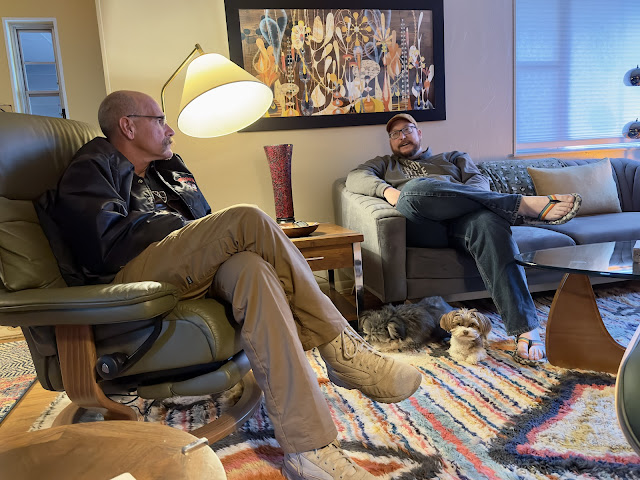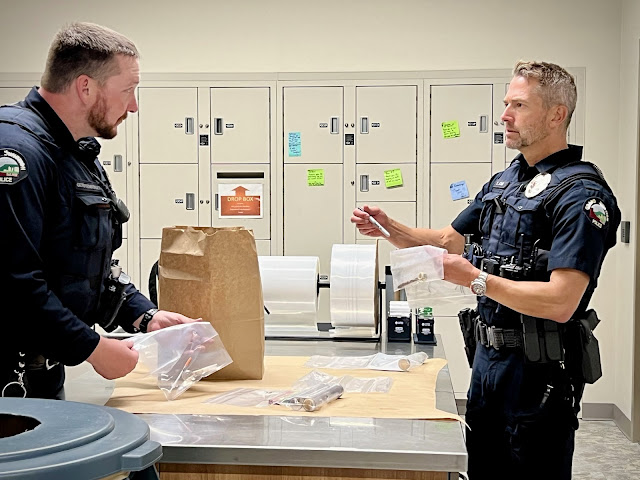Footfeathers Story Time - Race Day Nutrition
I've received a request from several hundred fans to write about race day nutrition, pre-race, aid station, and on the go. Ok, actually just one fast friend, who is likely in a near coma from my regular posts, suggested I write about it.
Talk about sleepers. If you have time waiting for laundry to dry, then here you go. Otherwise, just go about your lives - you're not missing much - move along folks. Actually, race day nutrition fascinates me. Sometimes, gels taste great, fig newtons hit the spot, and turkey sandwiches remind me of rich families' Thanksgivings. Other days, that stuff makes my throat tight and I get that acidic taste of "I'm fixin' to barf" just thinking about it.
Like most folks, I'm constantly learning with the nutrition thing too. I would say the biggest lesson I've learned is to be flexible and willing to change food intake, both in quantity and variety, at a moment's notice. If something's not working for you, then drop it and try something else.
Going into my first 100 (I've only done 3 now) at Bear 100 I had a very detailed plan for fueling and hydration. Well, that was a huge mistake. Never running that far before, I felt it was important to eat a big breakfast. I ate a bagel, banana, big bowl of cereal and a Power Bar. I felt like I was at Golden Corral Buffet and suffered with a stomach ache for the first two hours of the run. What I've found to work for me pre-race is a Clif Bar about 90 mins before start and then a Power Bar 15 mins before start, chewing it really well and sipping water all along. Sometimes, it's just one Power Bar. I start long races with a nutrition bar in my hand (Clif or Power) and start eating it after I settle into the run (about 15-20 mins). It takes me about 20 mins to get the thing down but it seems to set my stomach up for the onslaught of gruesome gels to come.
Depending on my effort level, I'll then try to eat a gel or 100 cals of clif bloks every 20-30 mins, supplemented with a few calories at each aid. Really, the first 5 hours of these runs food is easy and I can eat just about anything. During this time I've been trying out different things at aid stations and find that not much hurts my stomach, as long as I don't eat too much.
100s start getting interesting for me after the 5-6 hour point. The body starts to get a little achy and the first wave of pain usually hits around this time. How does this affect nutrition. Well, try this at home. Have someone squeeze one of your fingers progressively tighter with a pair of pliers and see 1. how hungry you are and 2. how easy it is to eat. This is about when I move into 'mechanical eating' and just make sure I'm choking down 250-300 cals and hour while drinking about 15-20 oz and taking 300mg of sodium. Of course, this is under moderate conditions. When it's in the 90s (like it will be at times this Saturday), I'll take at least 600mg of sodium and up to 30oz of water per hour. On the flip side, when it's middle of the night freezing, I may forego all additional sodium intake and only drink less than 10oz of water per hour. What you'll find after running these things a few times is that you learn to recognize the signs of problems when they just begin to appear and it's easier to fix them. At Bear my original plan to drink my calories wasn't working. I stuck with it until mile 52 and threw it out the window when my stomach had become so cramped that I couldn't stand up straight. I revamped my whole diet and it worked wonders. I just wish I had done it earlier.
After 12 hours whatever works for food is good. I personally like more solid stuff during 100 milers. I think for 99% of the participants in 100 milers we're moving slowly enough to enable easy digestion. Solid food also gives a sense of mental comfort for me and something to look forward to at the next aid station.
After 12 hours whatever works for food is good. I personally like more solid stuff during 100 milers. I think for 99% of the participants in 100 milers we're moving slowly enough to enable easy digestion. Solid food also gives a sense of mental comfort for me and something to look forward to at the next aid station.



Comments
Post a Comment